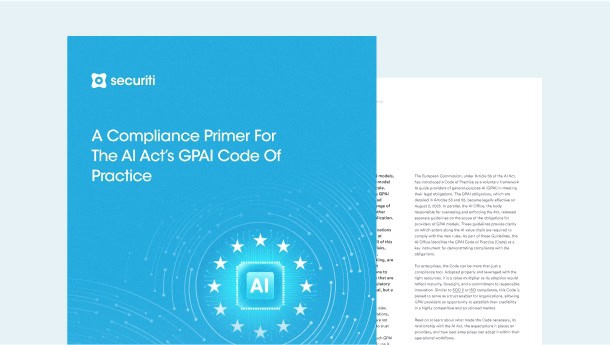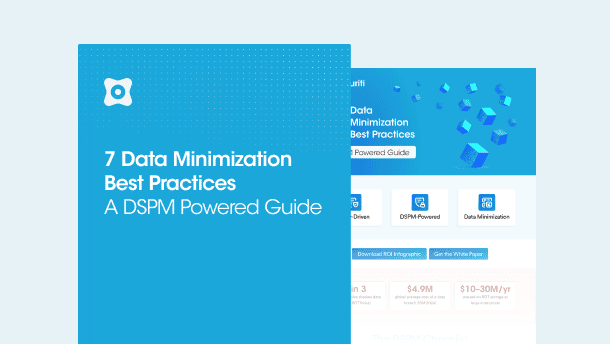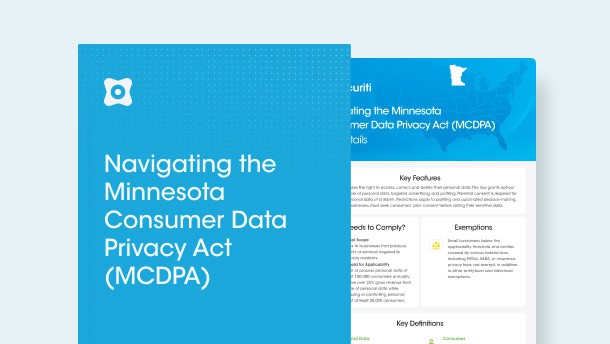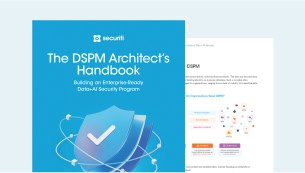With data growing at an unprecedented rate, organizations need to know what data they hold for data security & privacy as well as global compliance. While Data Discovery solutions have been traditionally utilized to get visibility into sensitive data, they are not able to scale and offer effective detection at petabyte scale common in a modern cloud environment.
Common challenges include:
- Data discovery requirements do not consider possible changes in data sensitivity or volumes of data
- Missing Data
- Incorrect Data
- Incoherent Data Management
- Lack of Data Taxonomy
- Missing Data Fusion
Best Practices in Data Discovery
An organization must have a plan and process in place to effectively manage personal data breaches. Timely and accurate disclosures to regulatory authorities and impacted data subjects can lessen the adverse impacts of a personal data breach. Besides, organizations can use such events to learn about their weaknesses and gaps, and improve their overall security posture to reduce the risk of personal data breaches in the future.
With the increasing use of technology and businesses starting to collect more and more personal data, there has been a growing concern for data privacy. Securiti’s PrivacyOps methodology enables organizations to implement efficient data discovery tools and breach management. Securiti offers the sensitive data intelligence solution that will help organizations enhance and improve their data privacy and security processes.
1. Discover & catalog shadow and sanctioned assets
One of the most critical capabilities of any efficient data discovery solution is the ability to discover and build a central catalog of all data assets, including all sanctioned & shadow data assets in on-premises & multi-cloud environments. Keeping track of the data is the first step towards protecting it from malicious intent and minimizing the "blast zone."
2. Extract and catalog asset metadata
Sensitive data catalogs provide native connectors and REST-based APIs to scan and extract metadata from all data assets. These include data warehouses, cloud data stores, non-relational data stores, and many more. There are three types of metadata.
- Business metadata: Provides business context about the data such as ownership, location, etc.
- Technical metadata: Provides context for privacy and security, including insights about data.
- Security metadata: Provides insights into the security posture of the data asset and its associated data.
3. Detect sensitive and personal data
Once on-premises and cloud-based assets are discovered, security administrators need to know what sensitive data is stored in these assets. Few important categories of sensitive environment impacts most businesses:
- Health information
- Financial information
- Educational information
- Trade or business secrets
- Personal information
4. Catalog, classify & tag sensitive data
A sensitive data catalog provides insights into sensitive data attributes and security and privacy metadata such as security controls, the purpose of processing, etc. A sensitive data catalog should be available by default in a good data discovery tool since it parses and organizes the content in a meaningful way. Data catalog capabilities include:
- Searchability
- Unified view
- Policy-driven
5. Assess overall data risk posture
Sensitive Data Intelligence should provide comprehensive data risk assessments that include data sensitivity, data concentration, and instances of cross-border transfers.
A data discovery tool can use all these parameters to assess the overall data risk score, which can prioritize risk mitigation activities.
6. Built a graph between data and its owners
To fulfill DSR requests promptly, organizations should ensure SDI™ solutions can discover personal data and link discovered data with users' identities automatically.
Fulfilling DSR Requests are a requirement under global privacy regulations, and failure to do so can result in hefty fines.
7. Scale to petabyte volume with high accuracy
As data volume reaches the petabyte scale, the security and privacy risks associated with data increase.
Organizations need a product that can scale to large data volume and provide detection or scanning capabilities that can reduce their total cost of ownership (TCO) over time by minimizing compute resources required to find sensitive data within these assets.
8. Map data to compliance and regulations
In privacy regulations such as GDPR and CCPA, organizations must document and furnish a record of all their data processing activities or Article 30 reports.
With a robust data discovery tool, administrators can build a centralized catalog of their data assets and discover sensitive data stored in them. Using automated discovery mechanisms, organizations can ensure their data maps and Article 30 reports are up to date.











































